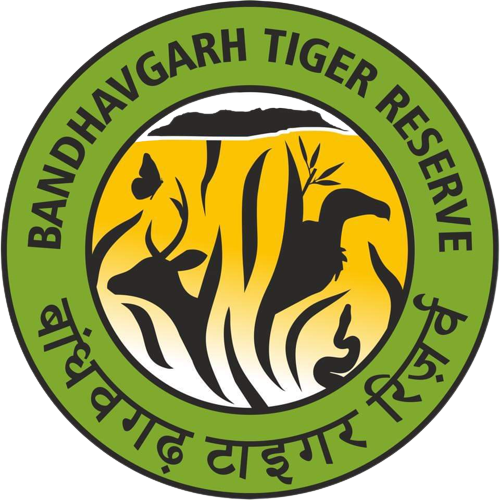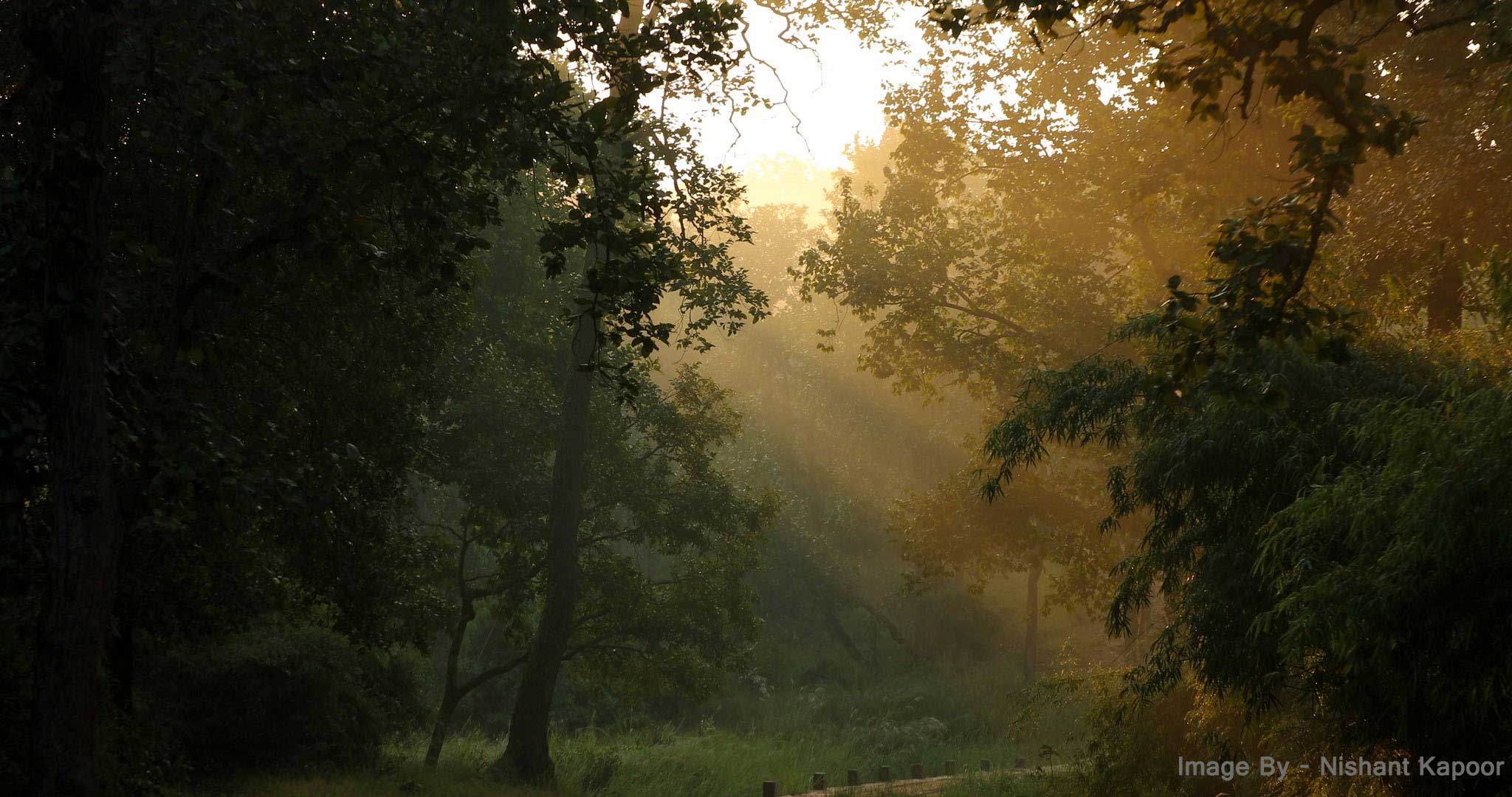In Forestry terminology, the forests of BTR are broadly classified into the following types:
- Moist Peninsular Low-level Sal Forest
- West Gangetic Moist Mixed Deciduous Forest
- Northern Dry Mixed Deciduous- Forest
- Dry Deciduous Scrub Forest
However, for the general understanding purpose, the forest of BTR may be termed as ‘Moist Mixed Decidous Forest with predominance of Sal’ and it may be classified in following categories:
- Sal Forest
- Mixed Forest
- Grasslands
Inside the Reserve Sal trees are the predominant species with its associate miscellaneous species and grasslands. Bamboo is also found almost throughout the Reserve. The low-lying areas, which were once human settlements are covered with varieties of grass, Sal and Bamboo are spread throughout the remaining lower areas. The Sal population goes down gradually as one ascends upwards with forests of mixed deciduous type gaining prominence on upper hills and hilltops with shallow soil and rocky outcrops.
Grasslands or meadows occur all over the park. Important grasslands in BTR are Chakradhara, Bathan, Sehra, Rajbehra, Bhitri Bah, Jobi Bah, Kudrakeruvah, Kerawaha etc. Some of these have been cultivated in the past while some of the old grasslands along the ‘nalas’ are marshy in nature having plenty of aquatic plants. Rare species of plants such as insectivorous plant ‘Droserapeltata’, commonly known as Shield Sundew or Pale Sundew and medicinal plant locally known as Buch, scientific name-‘Acoruscalamus’, are found in isolated patches of the park.

 Twitter
Twitter


